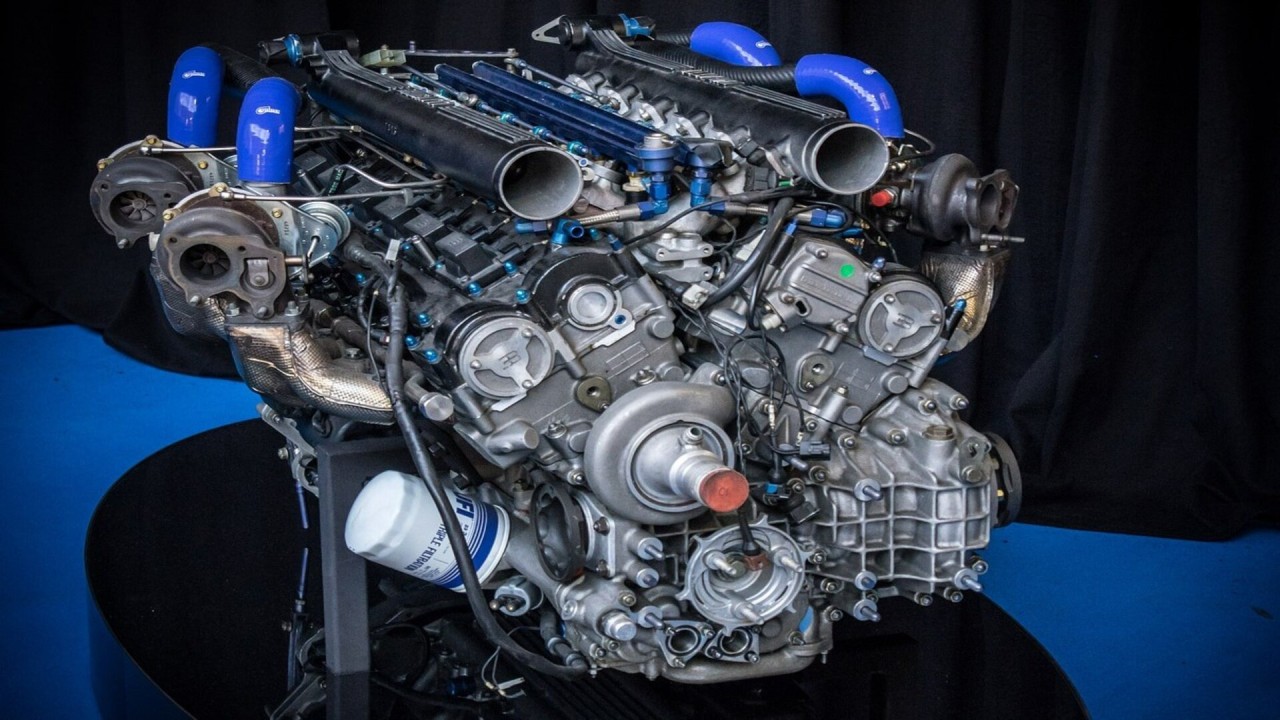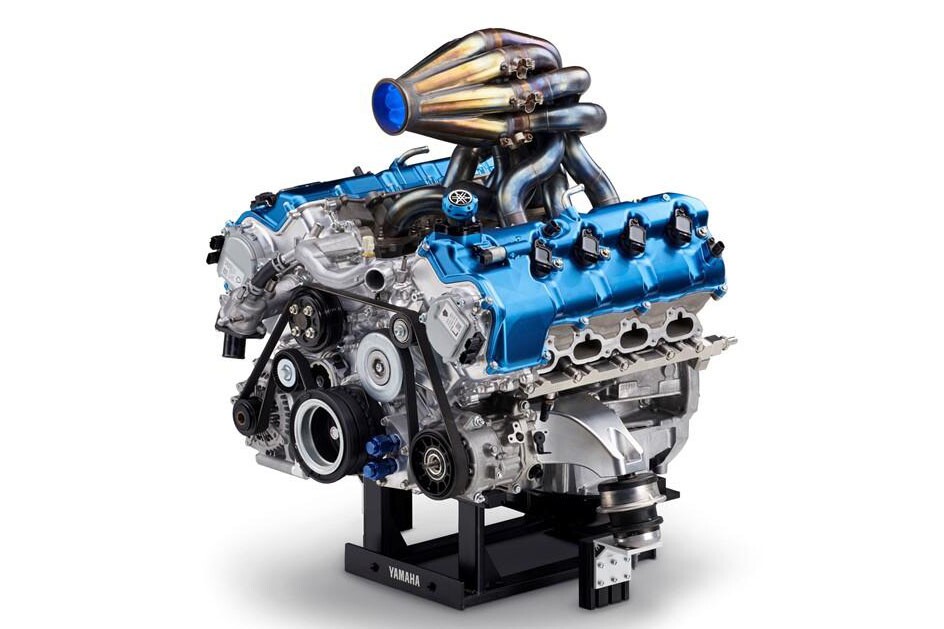The Evolution of High-Performance Automotive Powerplants: A Comprehensive Overview of Cutting-Edge Engine Technologies in the Modern Automotive Market
The pursuit for a lot more efficient, powerful, and environmentally conscious engines has actually led to a myriad of advancements that have actually improved the method we assume about vehicle power. From turbocharging developments to the smooth combination of crossbreed powertrains, the realm of high-performance engine modern technologies proceeds to push limits and redefine opportunities.
Turbocharging Advancements
The evolution of high-performance vehicle powerplants has actually been substantially affected by continuous developments in turbocharging advancements. Turbocharging has reinvented the auto market by offering an extra effective means of boosting engine power result without considerably raising engine displacement. By using exhaust gases to drive a turbine that presses the inbound air into the engine, turbochargers properly raise the air-fuel mix's density, causing improved combustion and greater horsepower levels.
Among the essential advancements in turbocharging modern technology is the development of variable geometry turbos (VGTs) or variable nozzle turbines (VNTs) These systems allow for more accurate control over boost levels, lowering turbo lag and improving engine response throughout a wider series of RPMs. In addition, twin-scroll turbochargers have ended up being preferred in high-performance applications due to their capacity to separate exhaust pulses for far better power application.
Crossbreed Powertrain Combination
Proceeding the trajectory of technological improvements in automobile powerplants, the assimilation of hybrid powertrains marks a significant change towards enhancing both effectiveness and performance in modern vehicles. Crossbreed powertrains integrate standard inner combustion engines with electrical motors, enabling boosted gas economic situation, decreased exhausts, and increased power output (engines for africa). By effortlessly mixing the toughness of both source of power, crossbreeds supply a versatile option that caters to varying motoring conditions and demands
One trick advantage of crossbreed powertrain assimilation is the ability to recapture power during stopping or coasting, keeping it in the car's battery for later use. This regenerative braking attribute not just improves performance but likewise adds to prolonging the overall series of the vehicle. The instant torque distribution of electric motors matches the power shipment of inner combustion engines, resulting in boosted acceleration and responsiveness.
Car manufacturers are continually improving hybrid powertrain innovations, aiming to strike an equilibrium between performance and sustainability. engines for africa. As consumer need for eco-friendly yet effective vehicles expands, the assimilation of hybrid powertrains is poised to play a pivotal duty in forming the future of automotive propulsion systems

Advanced Gas Shot Solutions
With developments in automobile innovation, the implementation of advanced fuel shot systems has changed the efficiency and performance of modern-day automobiles. These advanced gas delivery systems have changed standard carburetors due to their premium accuracy in supplying gas to the engine. Direct fuel shot, where gas is sprayed straight into the burning chamber, permits better control over fuel-air blend, causing boosted power output and fuel efficiency.
Among the essential benefits of advanced gas shot systems is their capability to adjust to varying driving conditions in my blog real-time. This flexibility guarantees ideal engine performance throughout different circumstances, whether it be throughout hostile velocity or travelling at a stable speed. In addition, modern gas injectors are developed to atomize fuel extra properly, advertising cleaner combustion and reducing unsafe emissions.
In addition, progressed gas injection systems play a crucial duty in enabling the execution of various other innovative engine innovations, such as turbocharging and variable valve timing, additional boosting the general power and efficiency of high-performance automotive powerplants.
Performance-Enhancing Electronics

One trick technology that exemplifies this is the Electronic Control System (ECU), which works as the brain of the engine administration system. The ECU processes real-time information from different sensing units to exactly manage ignition timing, gas shot, and various other crucial specifications, causing boosted power distribution and gas performance. Additionally, innovations like variable valve timing (VVT) and digital throttle control (AND SO ON) additional add to maximizing engine efficiency by readjusting shutoff opening times and throttle actions based on driving conditions.
Additionally, performance-enhancing electronics enable attributes such as launch control, grip control, and adaptive suspension systems, improving both the driving experience and overall vehicle efficiency. The constant evolution and combination of these advanced digital systems remain to push the boundaries of vehicle design, causing much more effective, effective, and technologically advanced high-performance lorries.
Future Trends in Engine Development
As automobile powerplants advance with the assimilation of performance-enhancing electronics, the trajectory of engine growth is poised to accept future fads that will redefine the landscape of high-performance lorries. One famous pattern on the perspective is the continued downsizing of engines without jeopardizing power result. This downsizing is attained via modern technologies like turbocharging and electrification, enabling smaller engines to supply the efficiency of bigger ones while improving fuel effectiveness.
One more vital trend is useful site the boosting fostering of crossbreed powertrains in high-performance automobiles. Crossbreed systems combine internal burning engines with electric motors to enhance velocity and overall performance while minimizing discharges. Additionally, developments in materials scientific research are driving the advancement of lighter and more powerful engine components, adding to boosted performance and power-to-weight proportions.
Furthermore, the sector is moving towards even more lasting techniques, with a growing focus on alternate fuels such as biofuels, hydrogen, and synthetic fuels. These environment-friendly alternatives not only reduce the ecological impact of high-performance lorries however likewise supply opportunities for more enhancing engine performance. Overall, the future of engine development in the auto sector is identified by sustainability, innovation, and effectiveness.
Conclusion
To conclude, the automotive industry has seen substantial developments in high-performance engine technologies, consisting of turbocharging innovations, crossbreed powertrain assimilation, progressed gas injection systems, and performance-enhancing electronics. These developments have actually reinvented the capacities of modern powerplants, leading to improved efficiency, power result, and general performance of vehicles. As modern technology proceeds to develop, future trends in engine development are expected to better improve the efficiency and sustainability of vehicle powerplants.
Turbocharging has revolutionized the auto industry by offering a more effective methods of enhancing engine power outcome without considerably increasing engine variation.As automotive powerplants development with the assimilation of performance-enhancing electronics, the trajectory of engine growth is positioned to embrace future patterns that will certainly redefine the landscape of high-performance automobiles. In general, the future of engine growth in the automotive market is defined by sustainability, effectiveness, and development.
In verdict, the auto sector has actually seen substantial developments in high-performance engine modern technologies, consisting of turbocharging advancements, hybrid powertrain assimilation, progressed fuel injection systems, and performance-enhancing electronics. As technology proceeds to progress, future patterns in engine development are expected to even more improve the performance and sustainability of automotive powerplants.